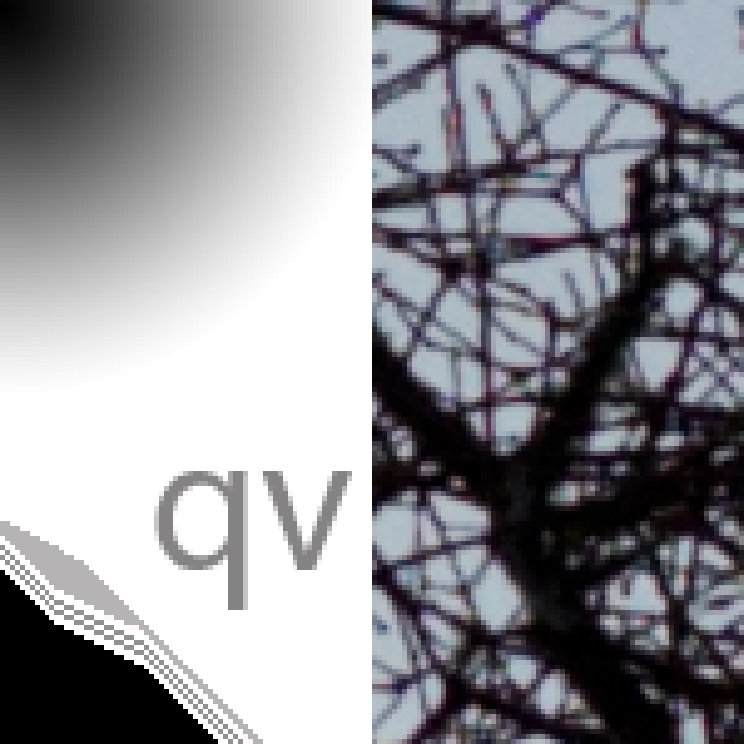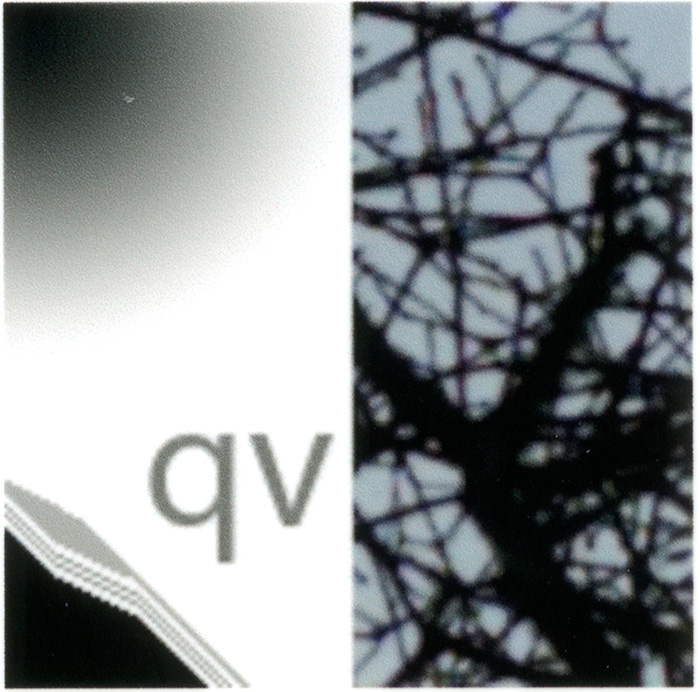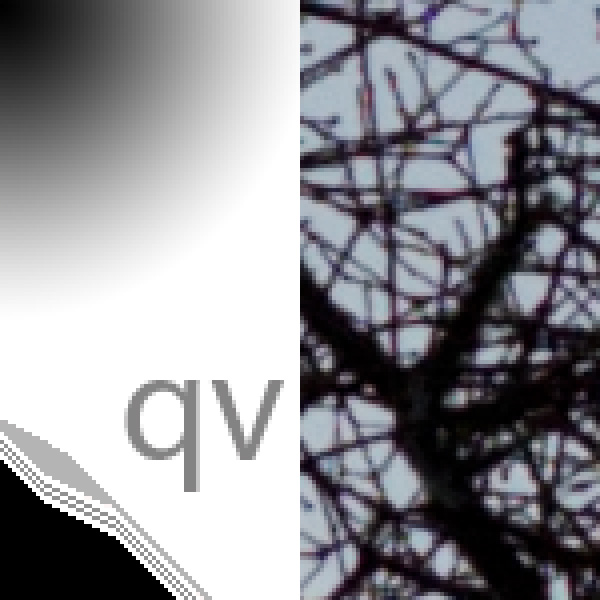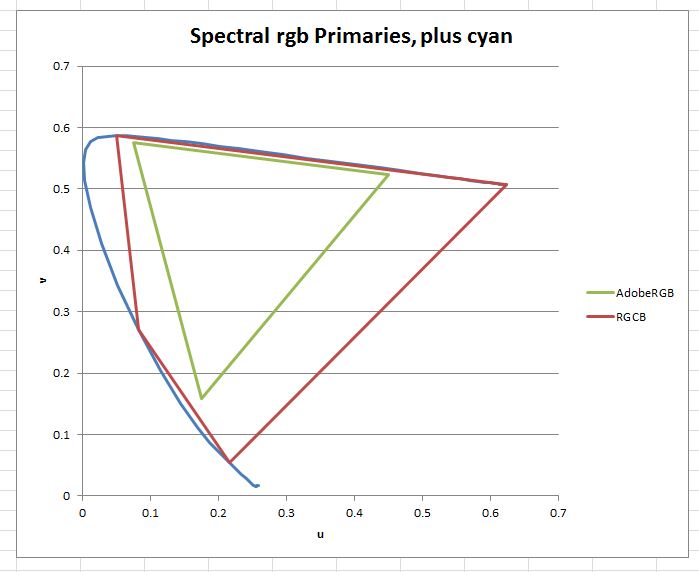I’ve been doing all my printer resampling testing by scanning actual printed output. I think that makes sense when you trying to evaluate the complete system. It allows you to see how the resampling interacts with the printer itself, and also allows you to see what differences in resampling more important for actual printing. However,… [Read More]
More Lightroom 4 print resampling
Today I’m posting a set of images similar to yesterday’s, but with a different resampling ratio. In today’s test images, the resolution of the target before resampling was 145 pixels per inch. As before, the test image was resampled to 360 pixels per inch before printing. The first image is from Lightroom 4 with no… [Read More]
Lightroom 4 printer resampling
A while back I did a series on resampling for printing. I found that Lightroom 3 did a bad job of it when compared to QImage, Perfect Resize, or even Photoshop’s bicubic interpolation. You can see that post here. During a workshop last spring, Eric Chan said that Lightroom 4 had improved. I’ve finally gotten around to… [Read More]
Prospects for improved-gamut LCD displays
In one of yesterday’s posts, I mentioned a strategy for improving LCD display gamuts by changing the backlight. …make the backlight three nearly-spectral colors, so that all the red filter has to do is block the blue and green primaries, all the blue filter has to do is block the red and green primaries, and… [Read More]
Improving display gamuts with a fourth primary
Some of you have probably guessed the next step in making the monitor gamut larger: add a fourth primary. Why not? Printers have done it with great success. Let’s see how it looks: What are the downsides? Works only in a color-managed environment 33% more pixels for the same resolution 33% more display memory (There… [Read More]
- « Previous Page
- 1
- …
- 333
- 334
- 335
- 336
- 337
- …
- 384
- Next Page »



